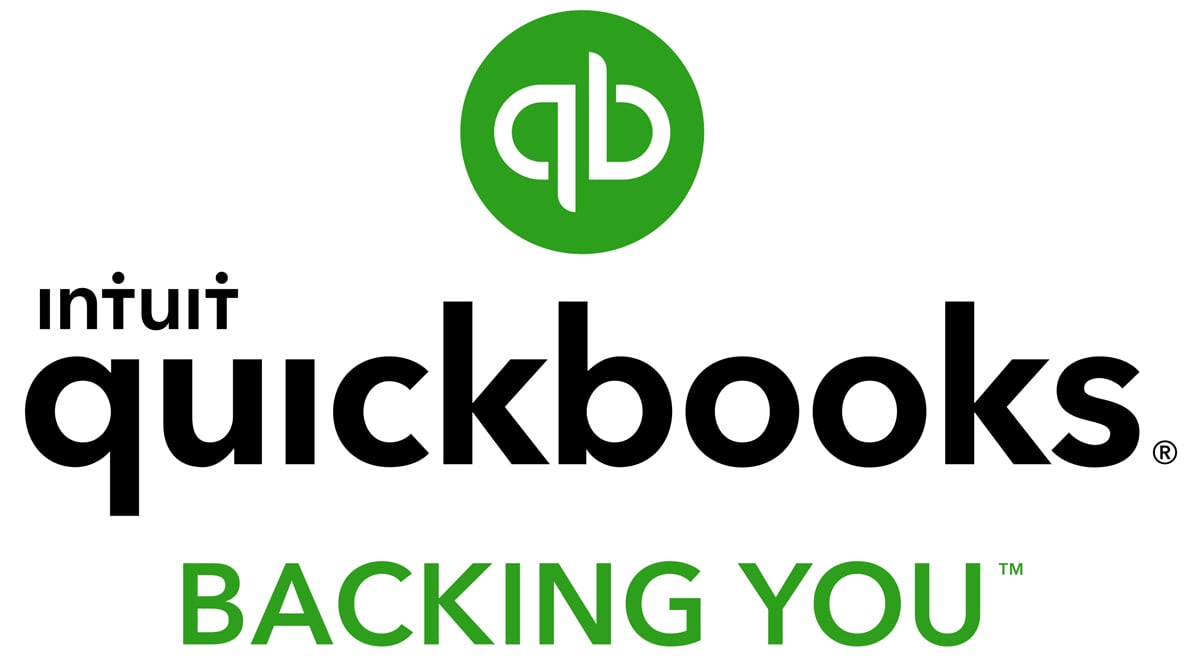Asset Turnover Ratio: Formula, Examples, How to Improve It

The Asset Turnover Ratio Formula
The asset turnover ratio formula is net sales divided by average total sales. It is an accounting formula that allows a business to see how efficiently they’re using their assets to create sales. A good asset turnover ratio will differ from business to business, but you’ll typically want an asset turnover ratio greater than one.
Are you managing your business’s assets as efficiently as possible? The asset turnover ratio formula can help you figure out a precise answer to this business finance question.
Asset turnover ratio is one of the most crucial business stats and accounting formulas to know. Not only will this figure help you understand if you should tweak your processes (like production, for instance) to optimize your sales, but it’ll also give you a sense of whether you’re performing your best as a manager. Plus, the asset turnover ratio can come in handy when you’re looking into business funding.
We’ll show you how to calculate the asset turnover ratio equation, and why it’s important to understand this accounting term. Then, we’ll review a few ways to improve yours.
What Is Asset Turnover Ratio?
Your asset turnover ratio is an equation to help you figure out how you’re using your assets to generate sales. In much simpler terms, by finding your asset turnover, you can figure out how many dollars of sales you’re generating for every dollar in the value of assets you have. This accounting principle is a peek into the efficiency of your business—whether or not you’re using the assets you have, both fixed and current, to generate sales.
Since your asset turnover ratio is typically only measured once per year, you’ll have to understand that large purchases, even if they were made months ago, can easily skew your current ratio. So, you might find that your asset turnover ratio isn’t a totally accurate reflection of your current efficiency.
How to Calculate Asset Turnover Ratio
The asset turnover ratio is generally calculated annually. To find yours, use this asset ratio turnover formula:
Net Sales / Average Total Assets
Step 1: Find your net sales.
You can locate your net sales number on your income statement (also known as your profit and loss statement). What goes into that net sales figure? This is your total sales number, minus any returns, damaged goods, missing goods, etc. Rather than gross sales, your net sales is the more accurate figure to use when you’re generating your asset turnover ratio. Remember that net sales only accounts for the products that end up in your customers’ hands at the end of the year—in other words, what they actually paid for.
Step 2: Find your average total assets.
This figure represents the average value of both your long- and short-term assets over the past two years. To reach this number, you’ll need (unsurprisingly) two years of asset totals; you can find this information on your accounting balance sheet. Once you have your current year number and your previous number, add them up and divide them by two for the average.
Step 3: Divide.
That’s it: Once you’ve found your exact net sales and your average total assets, you’ll simply need to divide your net sales by your average total assets to complete the asset turnover ratio formula.
Asset Turnover Ratio Example
Let’s apply the asset turnover ratio formula to an example with the following numbers:
- Current year’s total sales: $100,000
- Current year’s returns, damages, and lost inventory: $3,500
- Current year’s assets: $40,000
- Prior year’s assets: $25,000
Asset Turnover Ratio = Net Sales / Average Total Assets
Asset Turnover Ratio = ($100,000 – $3,500) / ($40,000 + $25,000/2)
Asset Turnover Ratio = $96,500 / $27,500
Asset Turnover Ratio = 3.5
In this case, this business is making $3.50 for every dollar of assets.
What Is a Good Asset Turnover Ratio?
Generally, “good” is a relative term in business (as it is in life). So, what makes a good asset turnover ratio for your business isn’t necessarily the same as your neighbor’s. In fact, every industry has its own benchmarks, and you’ll want to check yours to see if you’re getting the most out of your assets.
That said, you should understand what your number indicates in a vacuum, too. All told, for the asset turnover ratio, the higher, the better. A higher number indicates that you’re using your assets efficiently. For instance, an asset turnover ratio of 1.4 means you’re generating $1.40 of sales for every dollar of assets your business has. A ratio of 0.4 means you’re only generating $0.40 for every dollar you invest in assets.
Some sectors, like retail, will more likely see a good ratio around 2. Others, particularly that are service-based, will have a much lower ratio. That’s why it’s especially important to know what’s relevant to you. You don’t want to be judging yourself on a metric you set yourself—especially when it’s one that’s meant to help you improve your business.
Why Is Your Asset Turnover Ratio Important?
Your business’s asset turnover ratio indicates whether or not you’re efficiently managing—and optimizing—your assets to produce the highest volume of sales possible. You want to maximize your output with as little input as possible, so this is a crucial number to know.
But you’re not the only one who can benefit from understanding your asset turnover ratio. If you’re a small business looking for business financing, or applying for any type of credit product, it’s possible that this ratio could come into play during the application process. That’s because this ratio gives creditors a direct line of sight into whether or not your company is optimally managed.
Similarly, investors will be very interested in the result of this accounting formula. As a startup seeking early-stage investment, if your company has low revenue, venture capitalists will be taking a gamble on you. Any stats that indicate your strong management can only help.
How to Improve Your Asset Turnover Ratio
Want to get your asset turnover ratio in a better place? Good instincts. You can approach this by addressing a few different areas of business:
1. Sales
Since sales is one whole side of your assets turnover ratio, you’ll need to focus much of your efforts on boosting this number. Easier said than done, of course. But here are a few considerations to use as a jumping-off point to alter your sales processes and increase the numerator of your asset turnover ratio formula:
- Generate more sales. Obviously, you can try to pick up the pace on your sales. Perhaps that means focusing more on lead gen, or expanding into new markets that you haven’t considered before.
- Focus on higher margins. Examine your production processes. Are you being as efficient as possible with the right suppliers and materials? Subsequently, examine your prices. Are you pricing correctly for your industry and market?
- Add something new into your repertoire that doesn’t require an investment. Perhaps you’re able to offer a new service or product that doesn’t require you putting more money into assets. You might be able to generate new sales.
- Make a plan to move unsold inventory. You might be nervous to move old, unsold inventory because you’ll take a hit or experience a lower margin than you think you should. But a lower margin is better than entirely dead stock.
2. Inventory
Tighter control of inventory, including returns and damaged goods, will help you bring up your net sales number (and lower your cost of goods sold) and ultimately increase your assets turnover ratio.
- Focus on reducing shrinkage. Any discrepancy between the inventory you think you have and can sell and the inventory you actually can sell means lost profits. Set up a strong inventory management system so you don’t lose track of your products due to damage, theft, or confusion.
- Figure out why customers are returning products. See if you can incentivize your customers to keep certain products by addressing their issues before they finalize a return. Or, consider creating a store-credit system, so even if customers do return products, you don’t lose the sales revenue. You can also consider a customer financing plan. If you work on a service-based business, issue feedback forms, or contact your customers directly, to understand why they aren’t renewing—and adjust your offerings accordingly.
3. Assets
You want to generate more with less, right?
- Make sure you have the right assets on hand. Do you have old machinery or equipment that you don’t use? Consider liquidating them and turning them into cash. Many businesses don’t run nearly as lean as they can—and don’t actually have to own some of the assets they do. When you survey your assets, consider if you might even benefit from equipment leasing rather than buying these expensive assets outright (especially if you use certain pieces of equipment just a few times a year). Streamlining your business assets will decrease the denominator of your assets ratio turnover formula.
- Team up with other businesses. Another way to own fewer assets is to share common spaces, tools, or machinery. Especially in your business’s early days when you’re first building up your product, it might be necessary to have regular access to expensive equipment—but it might be better for your balance sheet to divvy up that equipment, and their expenses, among several businesses. In this way, you’ll also be able to whittle down the denominator of your assets ratio turnover.
The Bottom Line
Although there’s no single key to a successful business, it’s often the business owners who’ve figured out how to run a lean business that enjoy long, prosperous futures. Your asset turnover ratio will help you—and your business accountant— understand whether or not your business is running efficiently and, subsequently, whether you’re setting it up for success.
But even if your asset turnover ratio number isn’t where you want it to be, don’t worry—that number isn’t set in stone. If you can make adjustments in your processes to improve that number, that’s great news—it shows that you’re a flexible owner, and can make changes to benefit your business.

Meredith Wood
Meredith Wood is the founding editor of the Fundera Ledger and a GM at NerdWallet.
Meredith launched the Fundera Ledger in 2014. She has specialized in financial advice for small business owners for almost a decade. Meredith is frequently sought out for her expertise in small business lending and financial management.

Featured
QuickBooks Online
Smarter features made for your business. Buy today and save 50% off for the first 3 months.